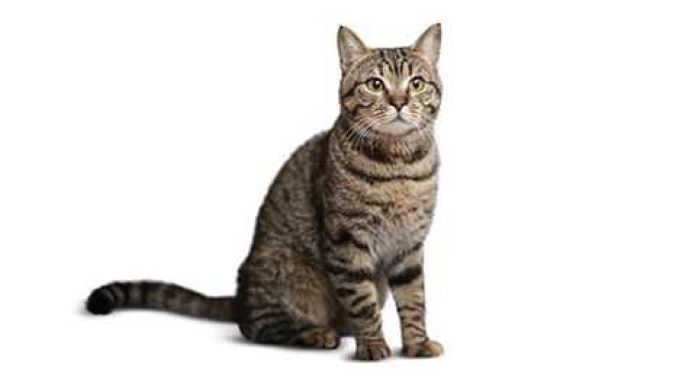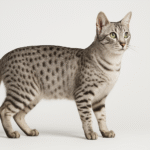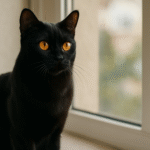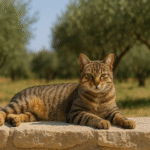These hardy cats are very popular all over the world and make excellent, easy-to-keep pets.
The first domestic cats had short coats, and the type still predominates wherever in the world cats are kept as house pets. Random-bred shorthairs occur in nearly every possible color permutation, with tabbies, torties, and traditional self colors being the most common.
The majority of these cats are solidly in the middle range when it comes to body shape. Selective breeding, which has created some extreme lines, has largely bypassed the shorthaired house cat, although occasionally a hint of, for example, the lean Oriental shape suggests an out-of-the-ordinary parentage.
Red classic tabby and white
Large size and a dense coat could point to British or American Shorthair in the history of this handsome cat. However, his green eyes may be part of a different inheritance.
Brown tabby
The broken stripes on this cat are, in fact, intermediate between mackerel and spotted tabby patterns. Tabby markings often occur in domestic cats and show up well on short coats.
Blue mackerel tabby and white
While tabbies with white markings are very common, the blue variation would be a lucky find in a random-bred cat. This one’s markings are indistinct against the background color.
Blue and white
In house cats white markings are rarely as symmetrical as those considered desirable in pedigrees. However, a solid color splashed with white is always striking, and a random effect adds individual charm.
Calico
Tortoiseshell, or tortie, patterning occurs in many color forms, black and red being the traditional combination. A tortie with white areas over more than half its body is known as a calico cat.
